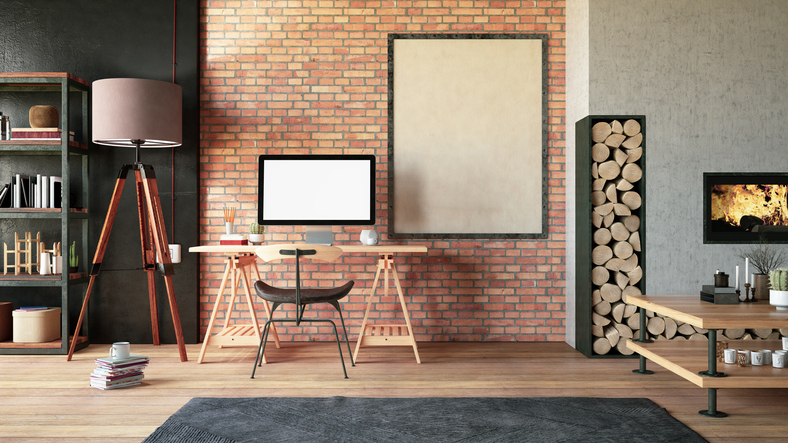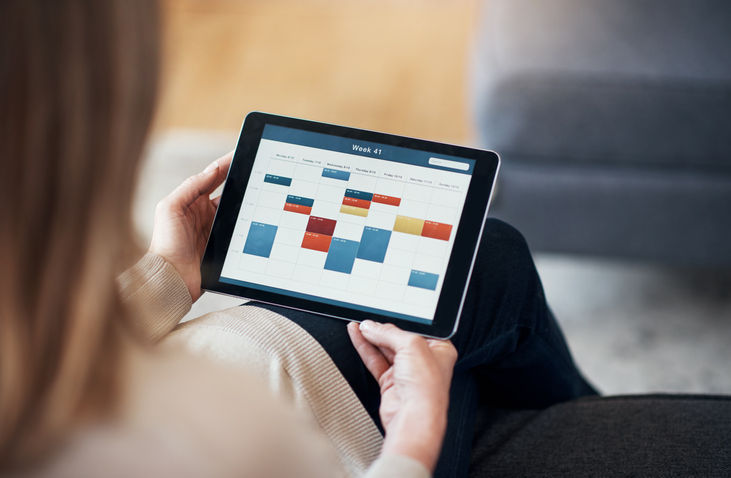Getting everything done in a typical workday can seem impossible. The more items you check off your to-do list, the more seem to appear. If you’re a startup founder, the workload can be even more overwhelming, especially if you’re still in the early days. How can you get everything done without a team to help?
The good news is, there are plenty things you, the startup founder, can do to power through that list. Sure, you probably can’t get through five minutes without the ping of a new email or meeting alert. But you are in control of your productivity, which means with a little dedication and a few productivity hacks, you can get everything done, possibly with some time to spare. Here are some changes you can make that will pay off in big ways as you tackle the challenge of a new workweek.
Organize Your Physical Space
It may seem like you can’t spare a few hours to clean up, but it will make a big difference. Set a day aside to organize your environment in a way that supports your goal of becoming more productive. This starts with eliminating clutter, but you can also organize items you use frequently using storage bins and containers. Leave plenty of space for your laptop and peripherals while also making sure you have easy access to items you use frequently, like scissors, staplers, pens, and highlighters.
While you’re organizing, you have the perfect opportunity to post daily reminders of your goals. Display motivational quotes, but make sure they’re tied to your business’s mission, as well as your personal career goals. This is also a great time to keep clutter at bay moving forward by finding ways to replace outdated paper-based processes with solutions that will serve the same purpose. If you’re still printing documents, ask yourself how you can shift that task to an application and save time and money. Even receipts can be captured using an app and automatically synced to your business’s expense-tracking solution.

Organize Your Virtual Space
Your office isn’t the only thing needing organization. How much time do you waste every day shuffling through things on your computer and mobile devices? Take a long, hard look at your icons and find a way to organize everything. With your smartphone, you can move icons into folders on both Android and iOS devices. Consolidating your apps by type will keep everything on one screen and help you more easily find things.
Organization isn’t limited to your mobile devices, though. You can create shortcuts on your desktop to apps you use most often, but you’ve probably already done that. Even with that in place, staying on top of everything can be complicated, possibly even requiring you to keep a to-do list to remind yourself to check various applications and websites every day.
A dashboard app like Shift can give your productivity a huge boost. Just store Shift in your taskbar or dock and open it at the start of each day to check everything. You can add your messaging, email, social media, project management, and productivity apps and have everything in one place. Once you’re finished checking in on all your apps, minimize Shift and it will run in the background, notifying you when there’s anything that needs your attention.
One of the best things about Shift is that you can also set up multiple accounts to display side by side. If you manage a business social media account along with your personal one, for instance, you can have both accounts open without toggling back and forth within the app or logging out and back in. This is especially useful for email apps like Gmail, which require you to log out and back in again if you’re using multiple accounts on the web version. With Shift, you can easily toggle back and forth to manage your various email accounts.
Gain Control of Your Schedule
If you feel unproductive at the end of a long workday, it may be that your schedule was controlling you, not the other way around. A good first step is to track where you spend each hour of your day. This will give you insight into what you might be able to do to boost your productivity. Also monitor what time of day you’re most productive and shift your list of tasks to that time.
One mistake many professionals make is that they fail to block off time for themselves. You probably have at least one hour of your day blocked off to meet with employees, clients, or colleagues, and that hour is off limits to everyone else. Why not do that with your own time? Block off one hour each day on your calendar and unplug from distractions like email and phone calls. Use that time to power through your to-do list or work toward accomplishing a bigger goal that tends to get pushed aside.

Delegate and Decline
Productivity experts agree: one of the best productivity hacks is simply learning to say, “No.” Accept the fact that saying, “Yes” to every request leaves little time to do the things you need to do each year. If an activity doesn’t further your business or allow you to enjoy time with your family, decline to participate. Go through your current list of activities and decide which activities aren’t doing either of those things, then resign from them.
In addition to reducing your commitments, you should also learn to delegate some of your duties. Start by looking at things you don’t enjoy doing. If you don’t have employees on your payroll, consider outsourcing tasks to remote freelancers or virtual assistants. This may mean accepting that someone else won’t do things exactly as you would, but if you’re spending hours each day on mundane tasks, you’re hurting your ability to push your career forward.
Apps Are Your Friend
Technology has made it easier than ever to get things done, but it’s all about having the right apps. Think about all those times you’re stuck waiting for a meeting to start or at a standstill in traffic. Look at your computer and mobile devices and make sure they’re set up so that you can get stuff done wherever you are. Here are some apps that could be a big boost to your productivity.
- Office 365. If you use Microsoft Office for work, make sure you have the app installed on your smartphone, as well. Once installed, you can view your Word, PowerPoint, and Excel files on your phone, helping you get a few more items checked off your to-do list.
- Gmail. Sure, you probably have Gmail on all your devices, even if you just check it in your browser. But do you have all your accounts where you can easily access them? Shift can help with that, displaying all your Gmail email accounts in one place without you having to log in and out.
- LinkedIn. What better use of your downtime than networking? With the LinkedIn app installed on all your devices, you can respond to messages, send connect requests, and read blog posts from experts in your field.
- Facebook, Twitter, and Instagram. No matter what social media app you use to network with customers, you need to stay on top of it all. Having those apps on all your devices means you can use your downtime to respond to comments and network.
- Trello and Asana. If you use these popular project management and team communication tools, there’s no need to wait until you’re in the office to access them. Make sure you can log in from all of your devices, whether you’re home, at work, or on the go. Instead of making a note to deal with something once you’re at work, having the tools handy will let you do things as you think about them.
- Google Analytics. A great time to run an SEO checkup is while you’re stuck waiting. As you note how your website is performing, you can use Trello to make task lists to improve your marketing efforts.
Do Regular Goal Check-ins
Once you have measures in place to boost your productivity, take a look at your goals. If you don’t have them listed anywhere, stop and do that. Think about where you want to be one, five, and ten years from now and document the steps necessary to get there. At the start of each month, revisit that goal list and break the tasks into weekly, then daily to-dos.
When you make a practice of regularly checking in on your goals, you’ll reduce the risk of falling into an unproductive routine. At the end of each month, make sure you’re on track to be exactly where you want to be when the new year begins. Over time, you’ll find each year gets you a little closer to where you want to be.
Productivity takes work, and it’s work you’ll have to do every single day. However, with the right tools, you’ll give yourself the support necessary to get things done. Soon, you’ll be watching your task list decrease, making space for you to add new tasks that will help achieve your desired goals.















 Share on Facebook
Share on Facebook Share on Twitter
Share on Twitter







